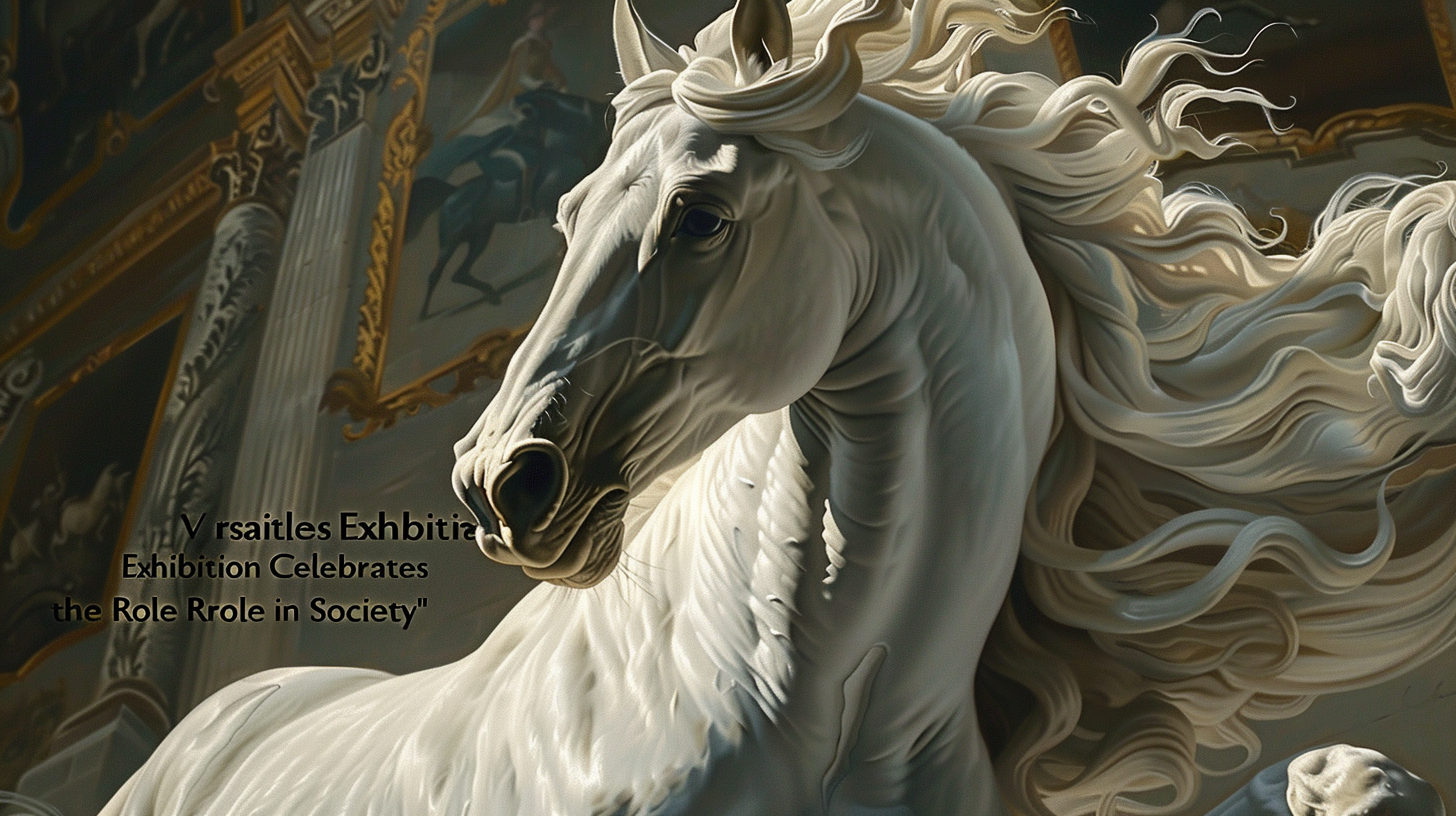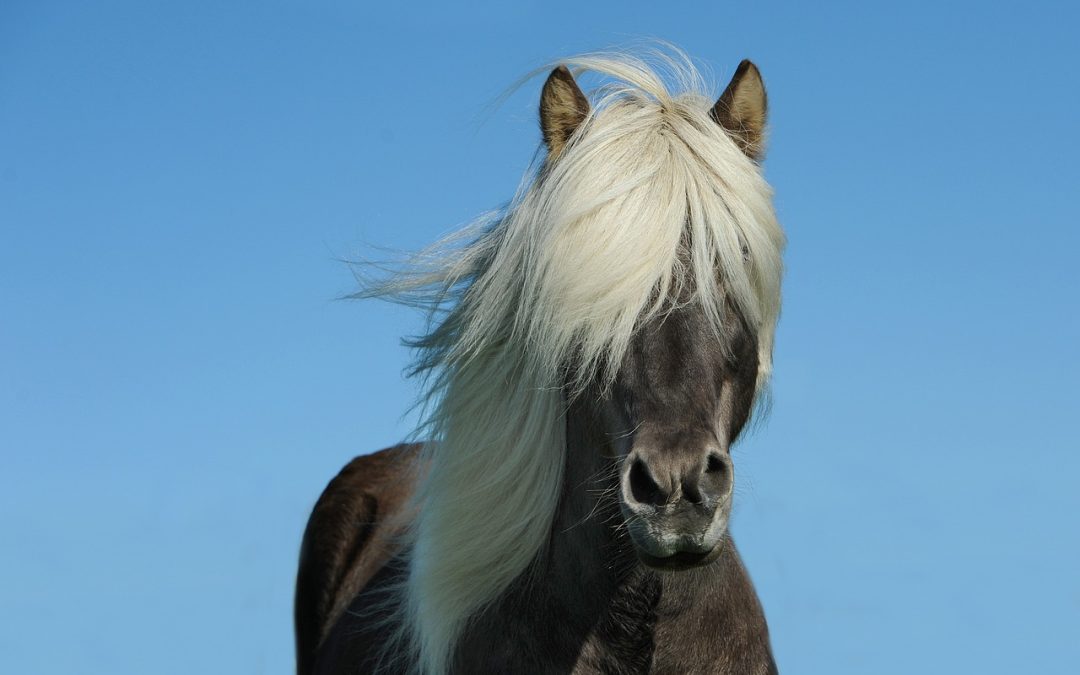 “The Palace of Versailles, which will this summer host several Olympic and Paralympic equestrian events, is also holding a major exhibition dedicated to the horse and its evolving role in society (2 July–3 November). More than 300 examples of equine paintings and sculptures from 16th to the 20th centuries are divided into 13 distinct sections. These include ‘Of horses and Kings’, ‘The horse: master of ceremonies’, ‘The horse in the service of art’, ‘Training and skills’, ‘Equidae variation’, ‘Boar, bridles, and horseshoes’, and ‘Transporting horses around the world’.”
“The Palace of Versailles, which will this summer host several Olympic and Paralympic equestrian events, is also holding a major exhibition dedicated to the horse and its evolving role in society (2 July–3 November). More than 300 examples of equine paintings and sculptures from 16th to the 20th centuries are divided into 13 distinct sections. These include ‘Of horses and Kings’, ‘The horse: master of ceremonies’, ‘The horse in the service of art’, ‘Training and skills’, ‘Equidae variation’, ‘Boar, bridles, and horseshoes’, and ‘Transporting horses around the world’.”
In recent years, there has been a growing interest in the role of horses in society, both historically and in the present day. The Palace of Versailles, known for its opulent architecture and rich history, is capitalizing on this trend with a major exhibition dedicated to the horse and its evolving role in society.
The exhibition, which will run from July 2nd to November 3rd, offers visitors a unique opportunity to delve into the world of equine art. With over 300 examples of equine paintings and sculptures from the 16th to the 20th centuries, the exhibition is divided into 13 distinct sections, each showcasing a different aspect of the horse’s role in society.
One of the key themes explored in the exhibition is the relationship between horses and royalty. The section titled “Of horses and Kings” delves into the historical significance of horses as symbols of power and prestige. From the magnificent steeds ridden by kings and queens to the elaborate equestrian portraits that adorned royal palaces, this section highlights the special bond between horses and the ruling class.
Another interesting aspect of the exhibition is the exploration of horses as “masters of ceremonies.” In this section, visitors can learn about the role of horses in formal events and ceremonies. From the intricately decorated carriages used in royal processions to the well-trained horses that performed in spectacles and parades, this section showcases the importance of horses in creating a grand spectacle.
The exhibition also delves into the horse’s role in the world of art. In the section “The horse in the service of art,” visitors can admire beautiful equine paintings and sculptures created by talented artists throughout history. This section not only showcases the artistic skill of the creators but also highlights the enduring appeal of horses as subjects of artistic expression.
The section “Training and skills” explores the dedication and expertise required in working with horses. From the art of horse training to the development of riding techniques, this section provides insights into the relationship between humans and horses and the importance of skill and knowledge in working with these magnificent animals.
One notable section of the exhibition is “Equidae variation,” which explores the diversity of horse breeds and the history of selective breeding. Visitors can learn about the different traits and characteristics that distinguish various horse breeds and how breeding practices have shaped these traits over time.
In “Boar, bridles, and horseshoes,” the exhibition delves into the equipment and accessories necessary for horse care and management. From the evolution of bridles and bits to the invention of horseshoes, this section highlights the technological advancements that have made equestrianism more comfortable and efficient.
Lastly, the section titled “Transporting horses around the world” sheds light on the global movement of horses throughout history. From the ancient trade routes that facilitated the spread of horses across continents to the modern transportation methods used in international equestrian events, this section showcases the impact of horses on global trade and cultural exchange.
Overall, the exhibition at the Palace of Versailles offers a comprehensive look at the evolving role of horses in society. It explores various themes such as the relationship between horses and royalty, the horse’s role in art and culture, the training and skills required to work with horses, the diversity of horse breeds, and the impact of horses on global transportation and trade.
As for future trends related to these themes, it is likely that the interest in the horse’s role in society will continue to grow. With advancements in technology and an increasing focus on animal welfare, there may be a shift towards more sustainable and ethical practices in the equestrian industry. This could include advancements in training methods that prioritize positive reinforcement and the development of eco-friendly equipment and accessories.
Additionally, the popularity of equestrian sports and activities may continue to rise. With the Palace of Versailles hosting Olympic and Paralympic equestrian events this summer, there is likely to be increased attention on these sports and more opportunities for athletes to showcase their skills on a global stage. This could lead to increased investment in equestrian facilities and infrastructure, as well as an uptick in participation and viewership.
In terms of recommendations for the industry, it is important for stakeholders to prioritize horse welfare and sustainability. This includes promoting responsible breeding practices, ensuring proper care and training for horses, and implementing environmentally friendly measures in equestrian activities. Additionally, there should be a focus on education and awareness to enhance public understanding of the horse’s role in society and foster a greater appreciation for these magnificent animals.
In conclusion, the exhibition at the Palace of Versailles offers a captivating journey through the history and evolving role of horses in society. With its diverse range of artwork and thematic sections, the exhibition provides valuable insights into the relationship between humans and horses and the profound impact these animals have had on art, culture, and global trade. As the interest in horses and equestrianism continues to grow, it is crucial for the industry to prioritize sustainability, horse welfare, and education to ensure a bright future for this centuries-old partnership.
References:
1. “Versailles: The Equestrian Arts,” Palace of Versailles, accessed June 24, 2021, https://en.chateauversailles.fr/discover/exhibitions/versailles-equestrian-arts
